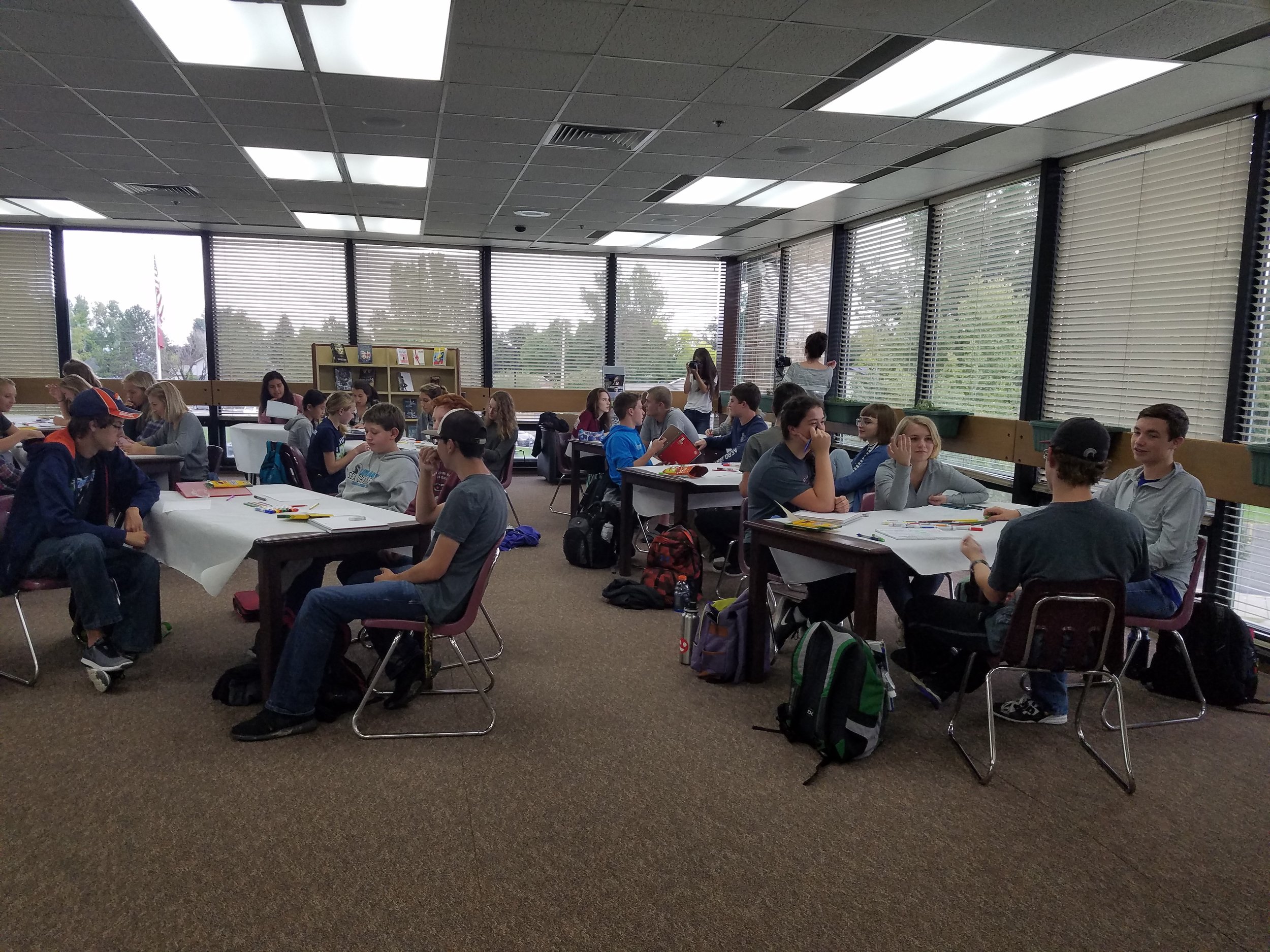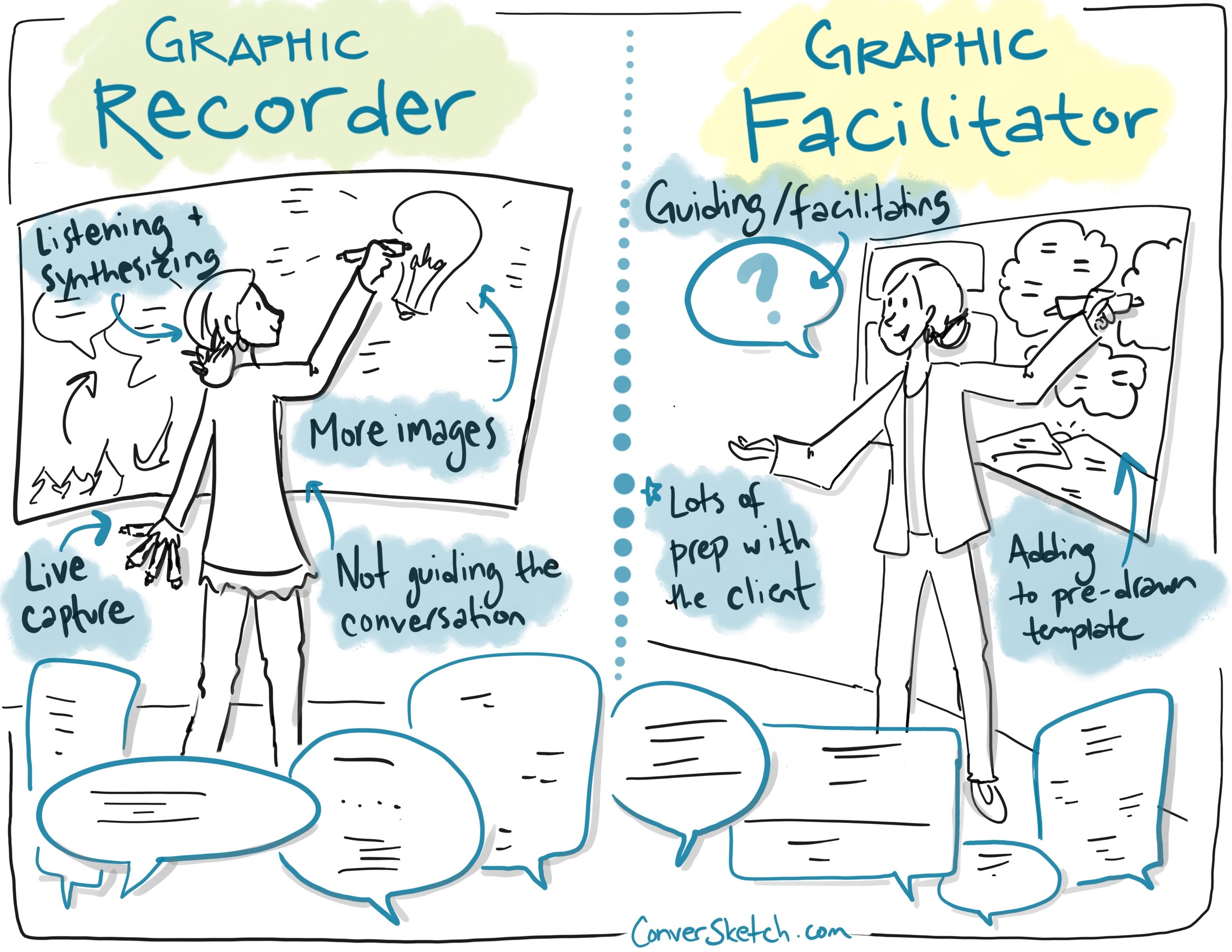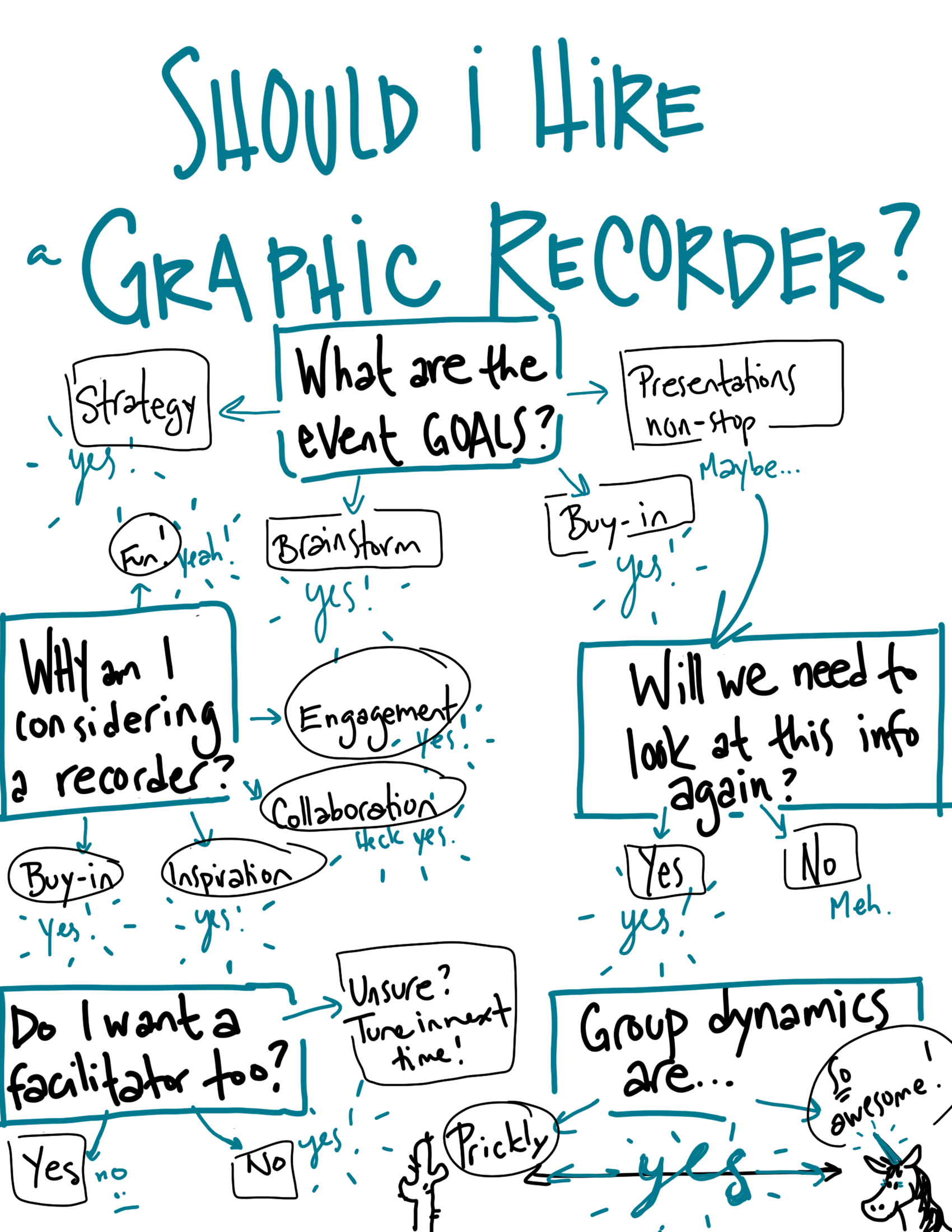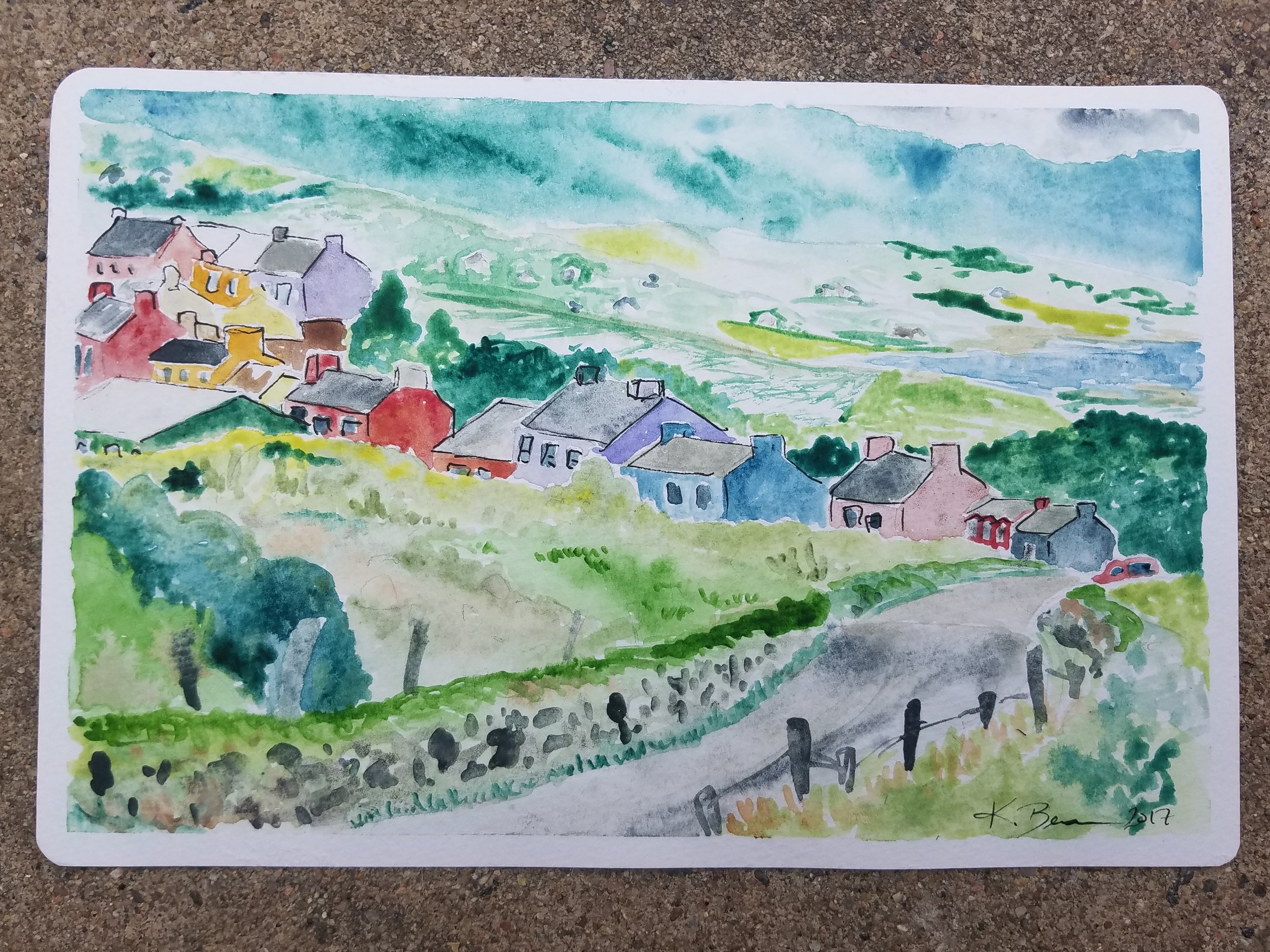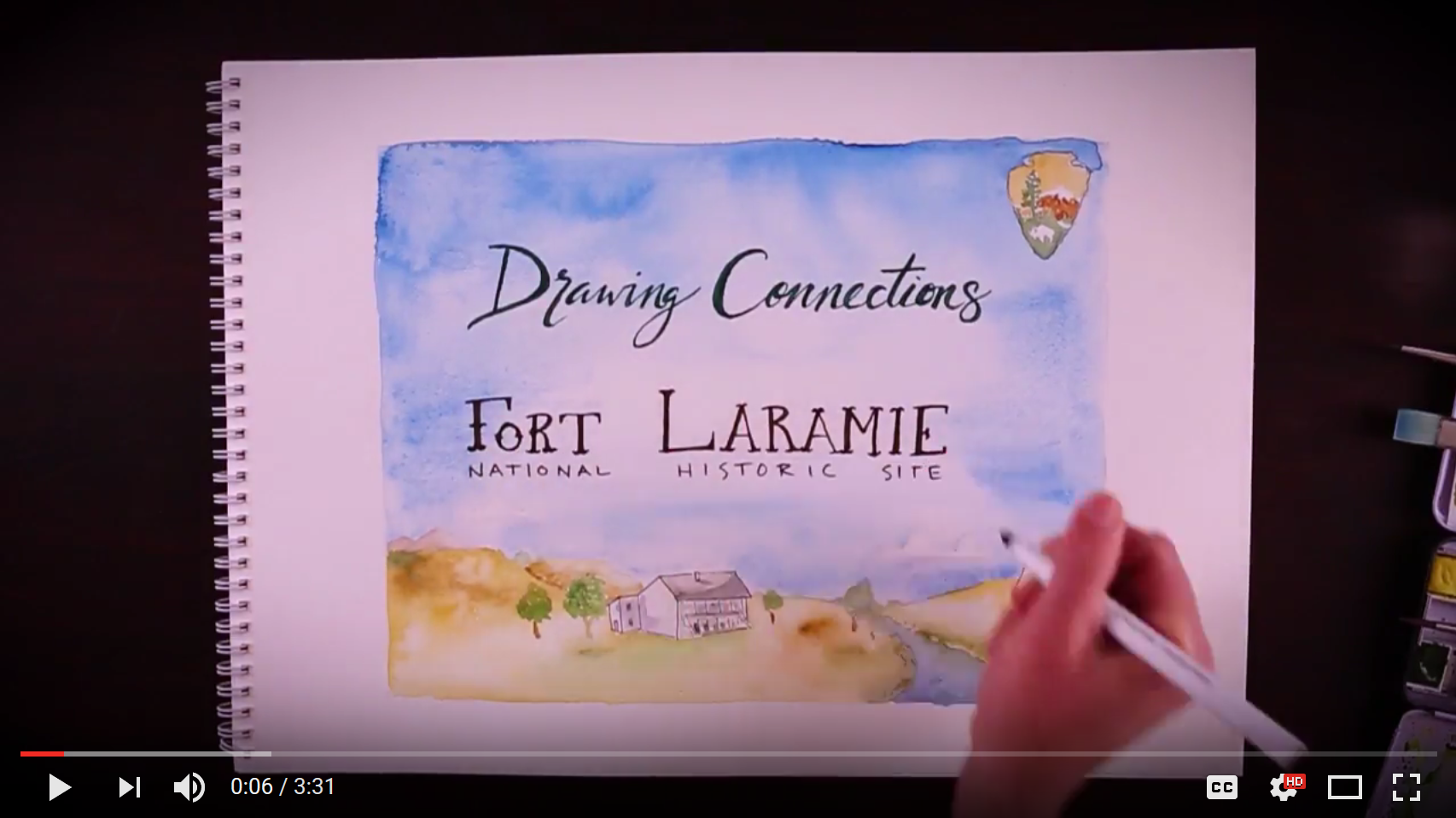“When everyone is in favor…it’s almost certain there’s confusion over what’s being decided.”
This quote is the epitome of Seth Godin’s wisdom: pithy, accurate and makes sure to jump-start the reader into critical thinking. It encapsulates a common pitfall for meeting facilitators and organizers: jumping on consensus as full agreement within a group. It’s easy to ride the feel-good wave. It’s easy to take that and move on. However, it’s likely whatever is being decided on will not sustain itself long-term if it’s only buoyed by false agreement.
This is why it’s so important to repeat the goals of the day or activity multiple times. This is why it’s important to take time to cultivate an environment where it’s okay to be vulnerable or to disagree (with curiosity rather than hostility, thank you very much CPD!).
And all this is why bringing in a facilitator can make all the difference in the world when you’ve put resources into bringing your best and brightest into the room for the day, or even the hour. Having someone who asks the potentially uncomfortable questions, who takes a step back and clarifies what’s being decided, is exceptionally valuable.
Once again, thank you from my heart and soul for your support, great senses of humor, brilliant minds, collaboration and what you're each doing to make the world a better place.
Cheers, Karina
Bringing your people together for an important meeting? Let’s talk about how to avoid this pitfall and make some real decisions.
Where in the World is ConverSketch?
AARP
Yep, you read that right! I had the pleasure of capturing stories from volunteers with the AARP at the Denver Botanic Gardens this week. I loved drawing their stories before their eyes and seeing faces light up when they recognized their sketch!
In the Studio:
Editing a video about Fire Adapted Communities, Journey Mapping for an international corporation, and illustrating a holiday card for a local foundation! Since I don't photograph myself in the studio, here's a fun sketch I did for International Day of the Girl, celebrating adventures and mud puddles for girls everywhere!







